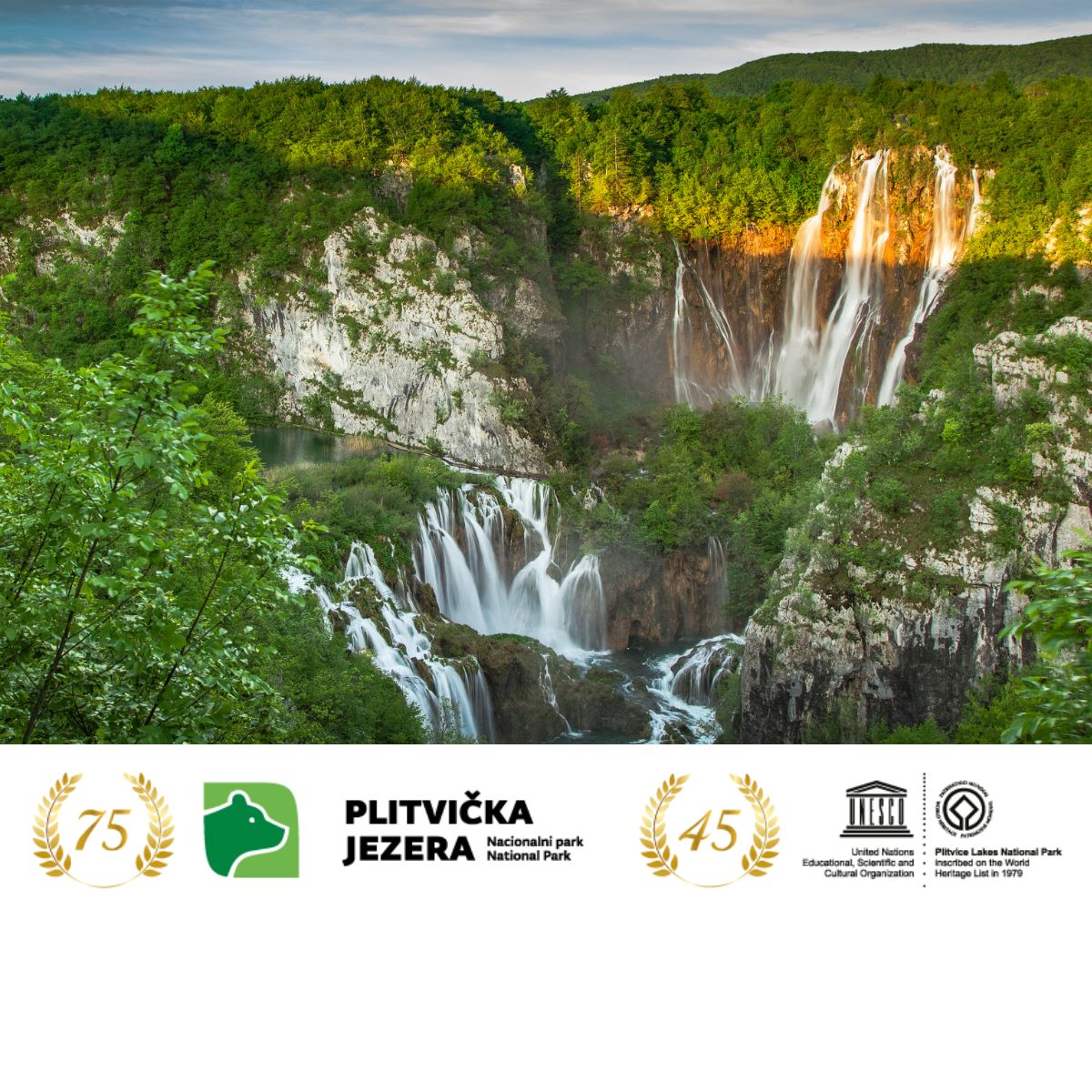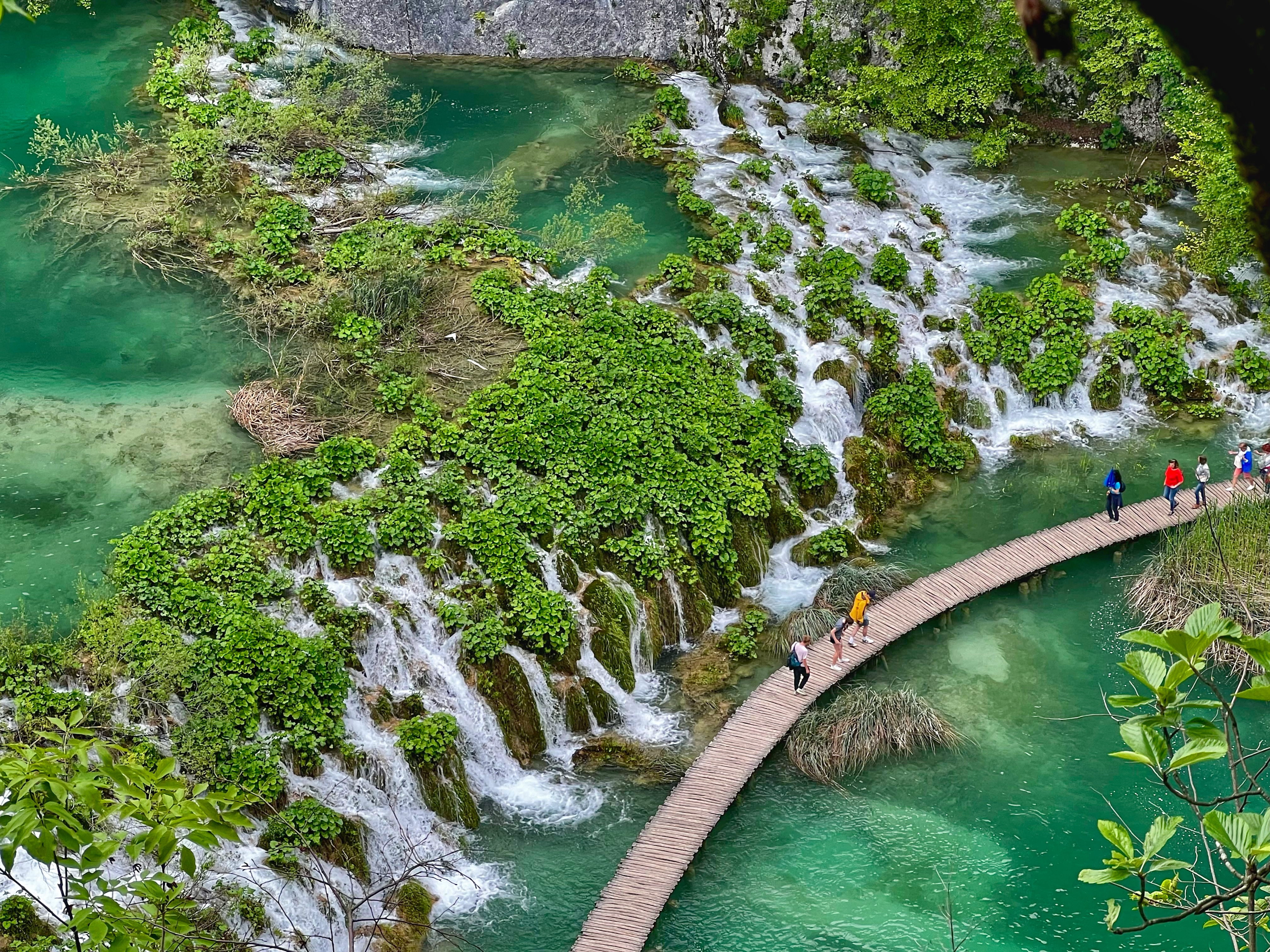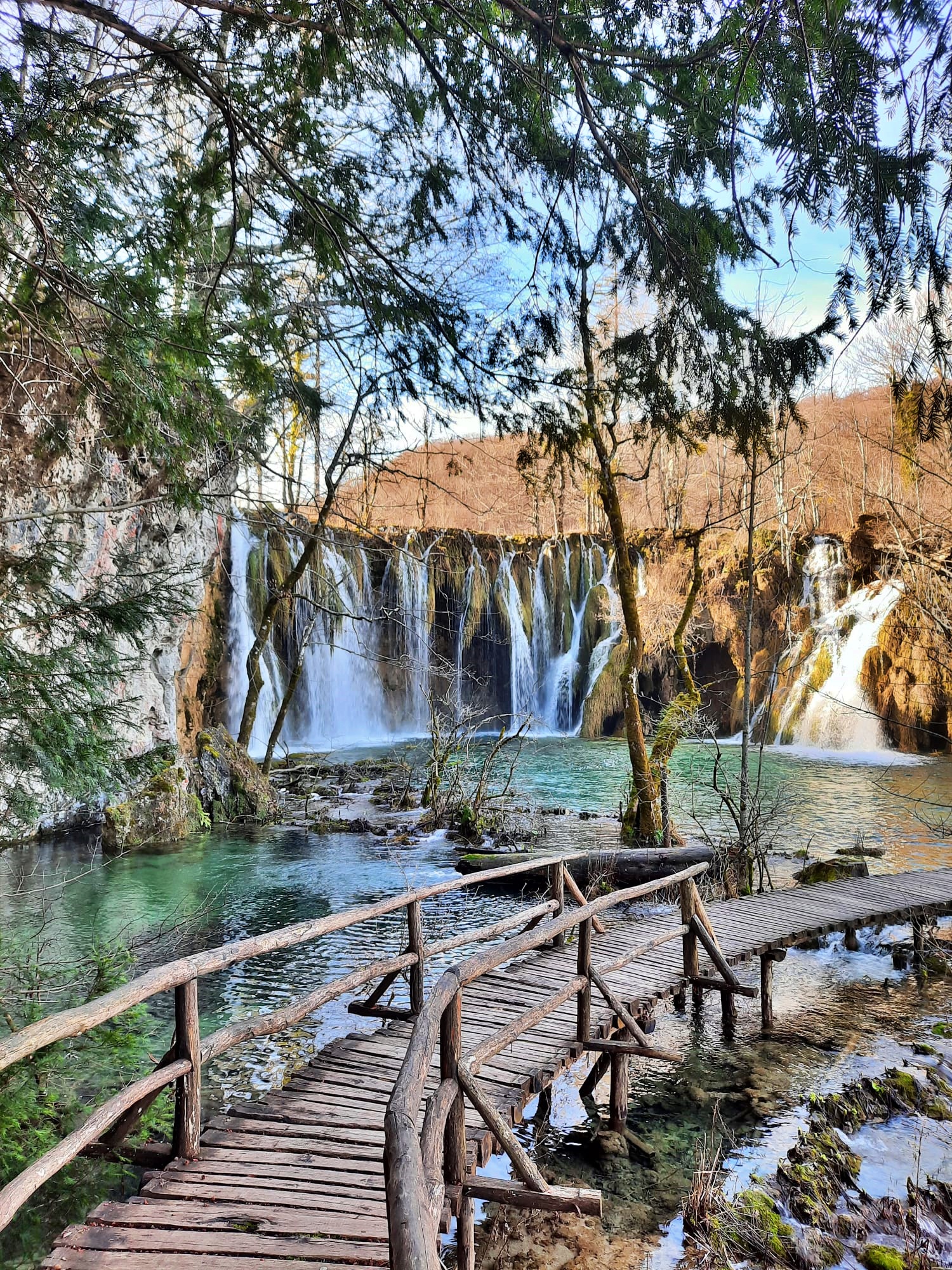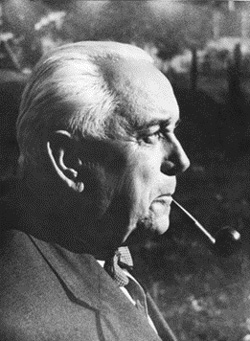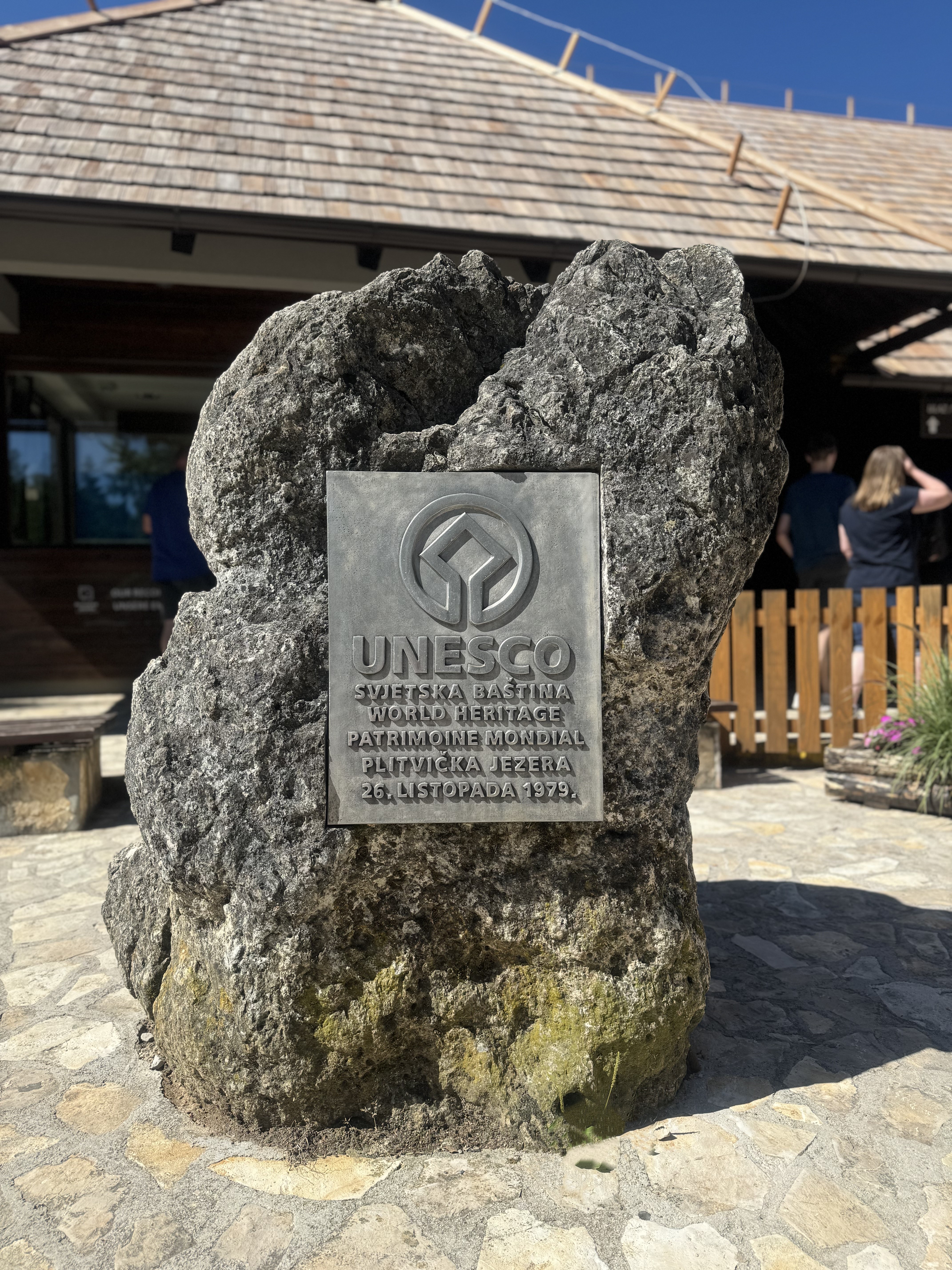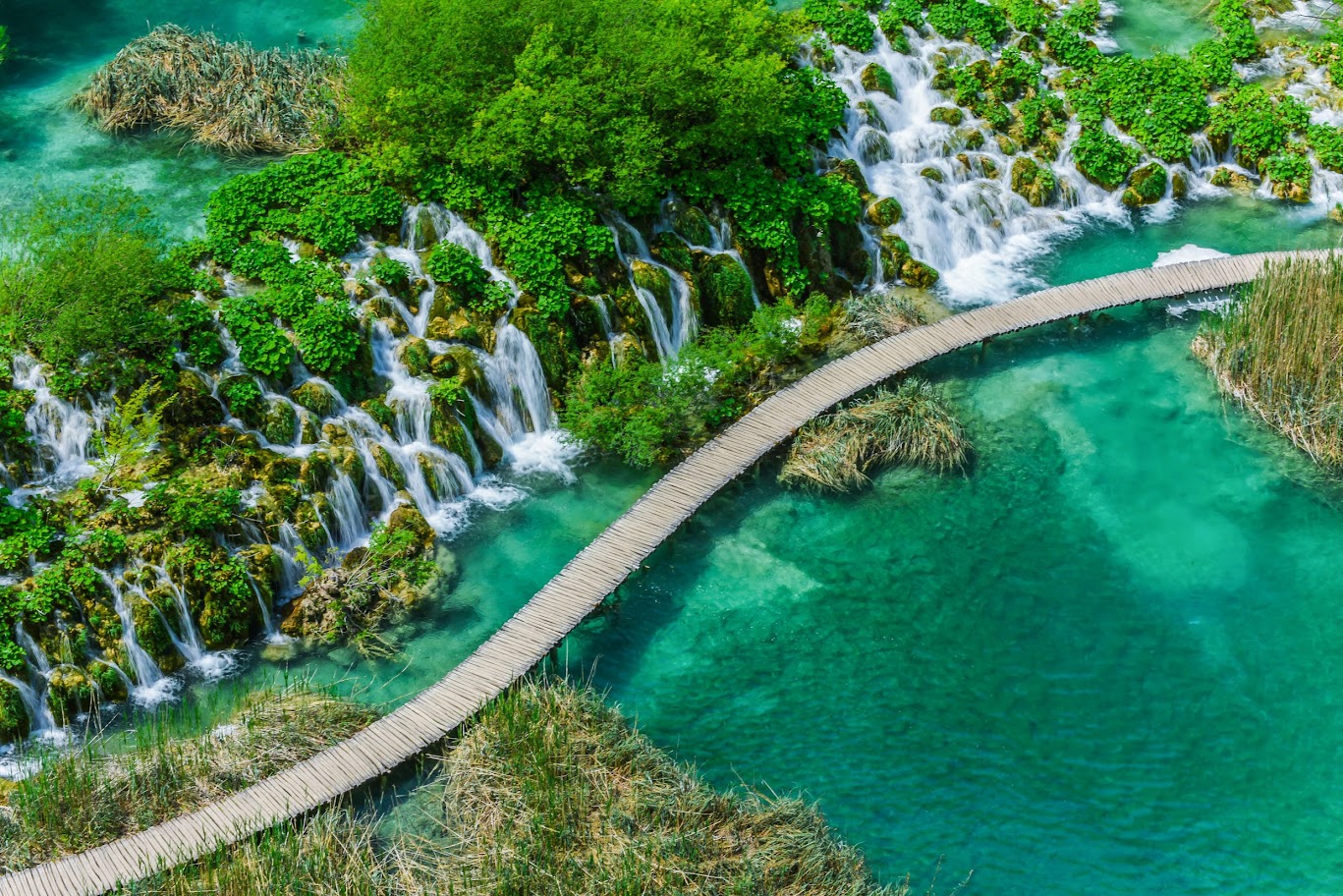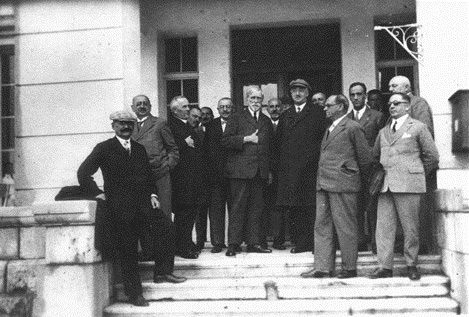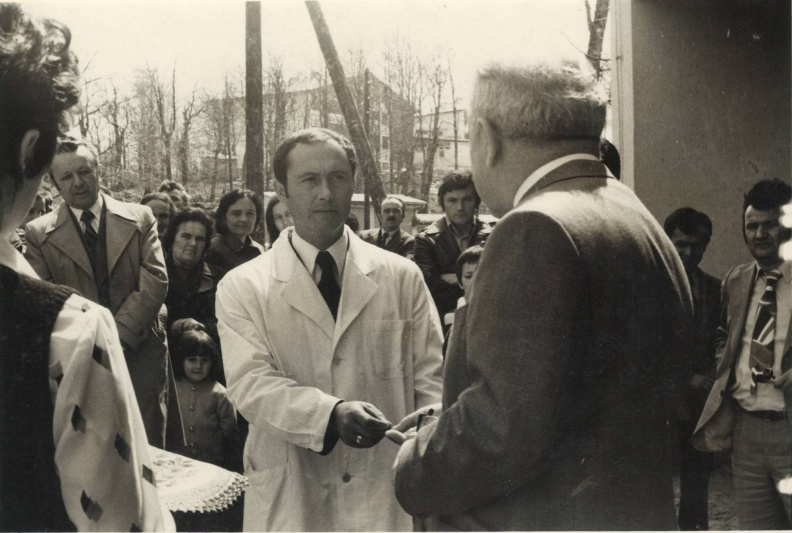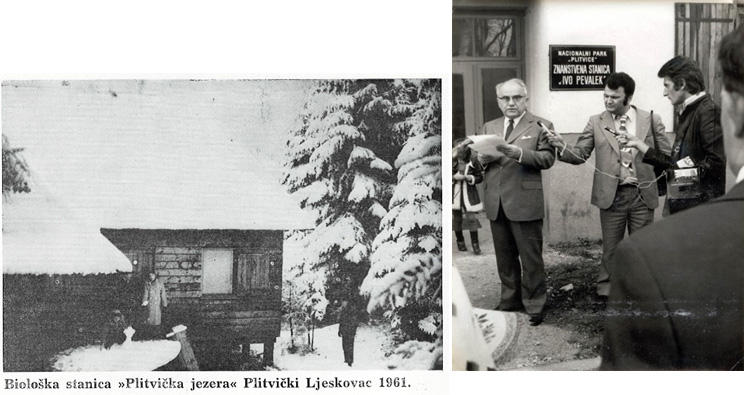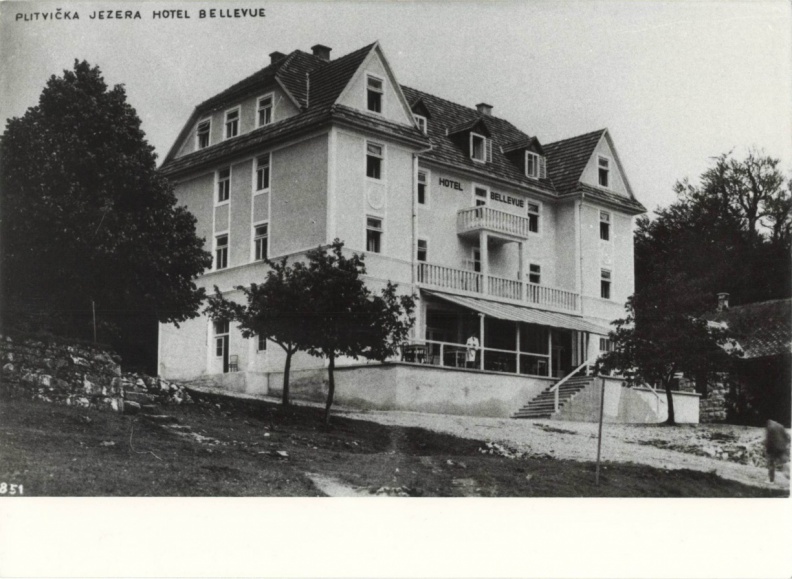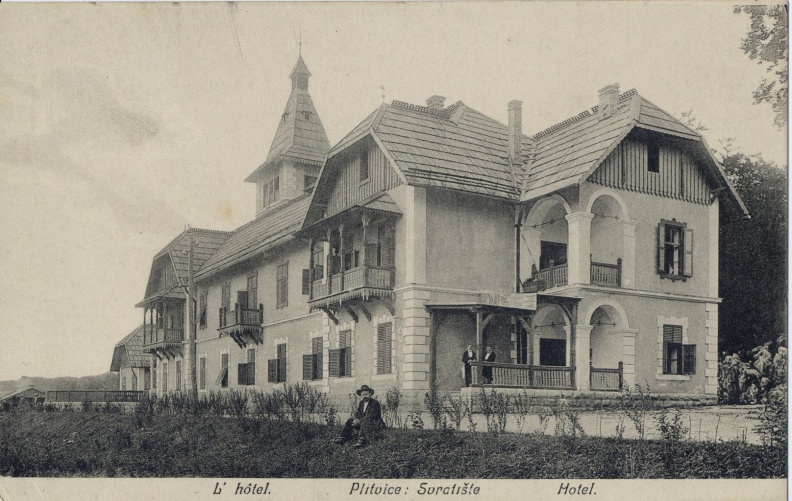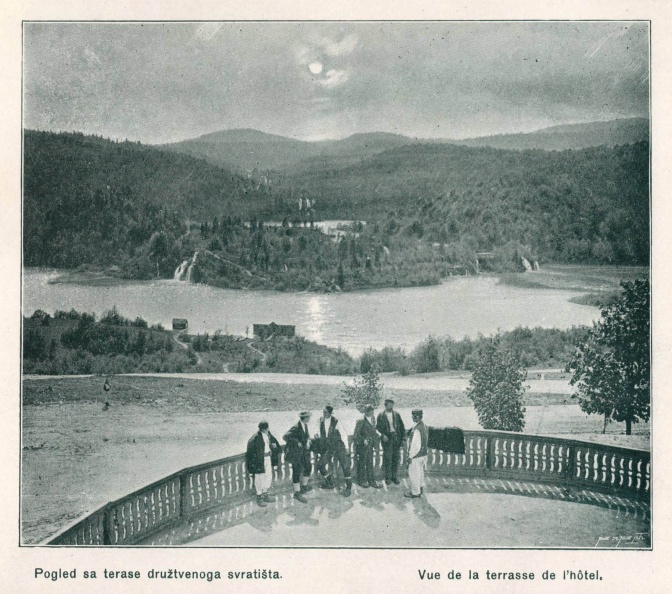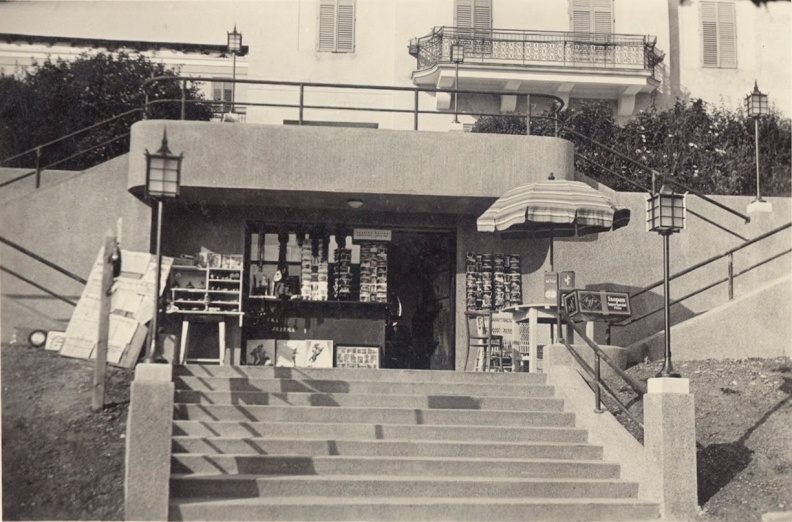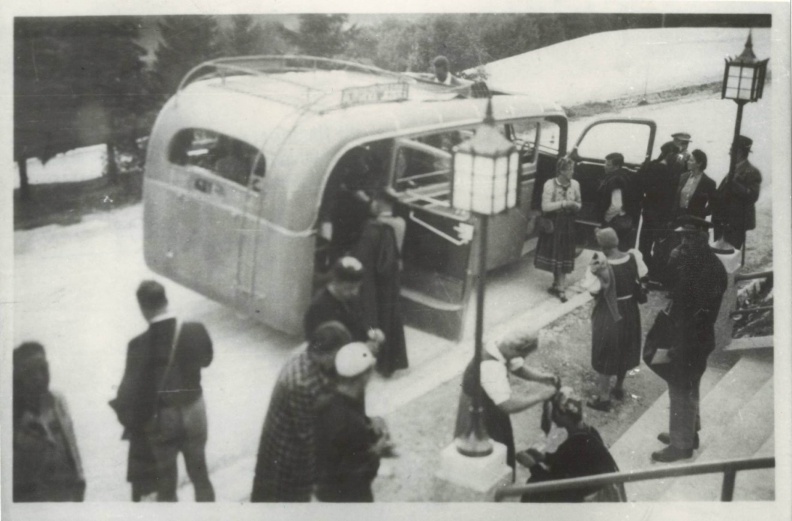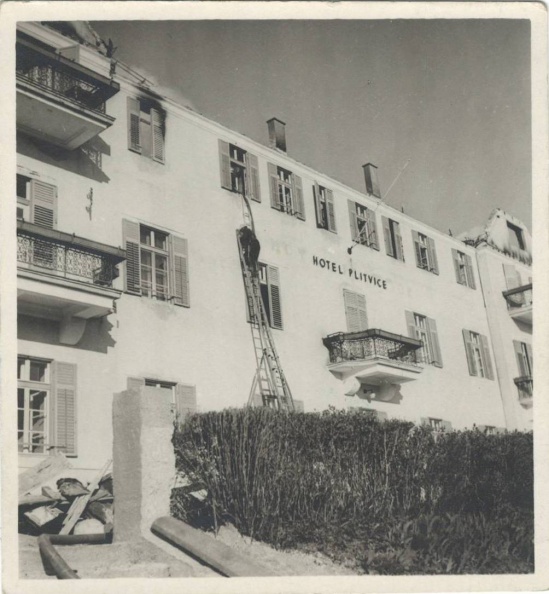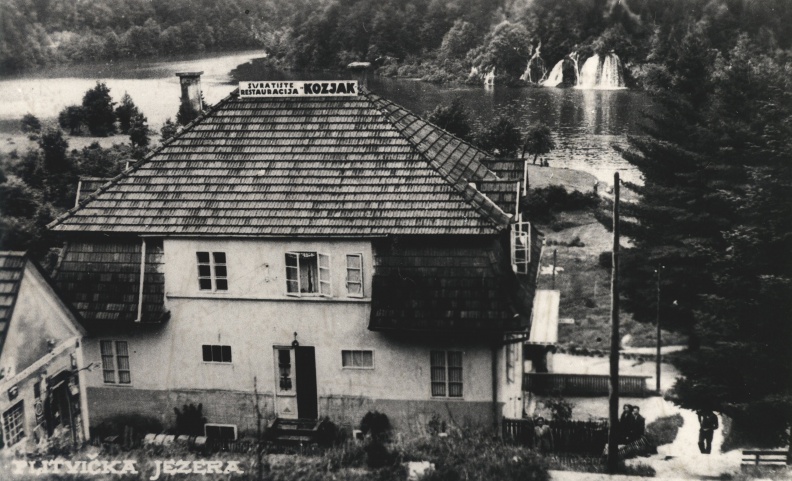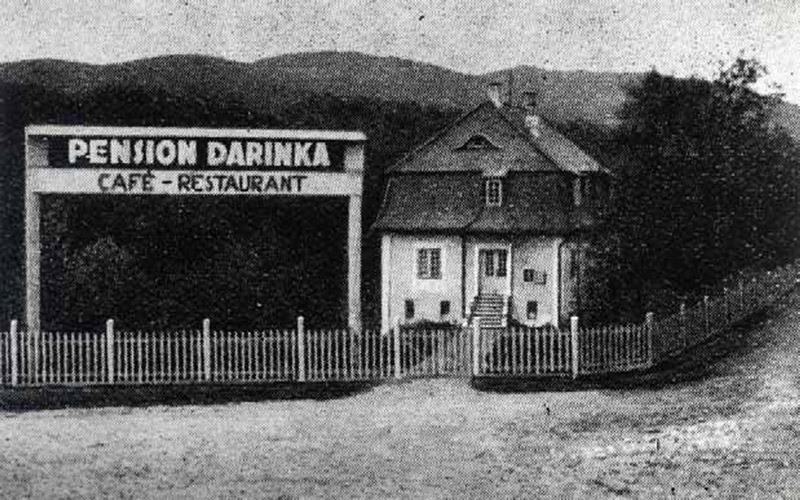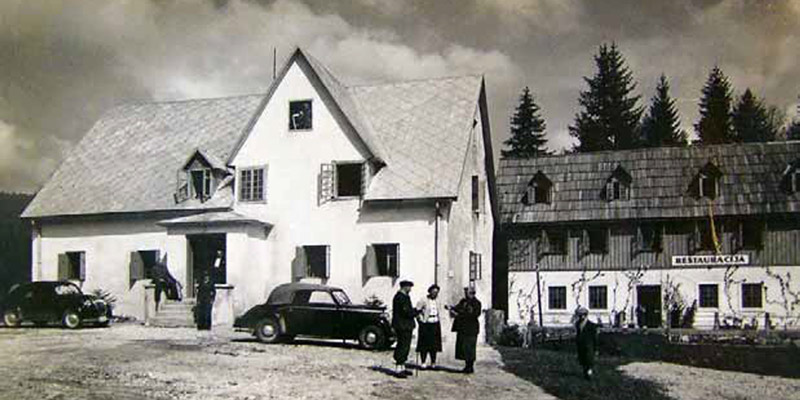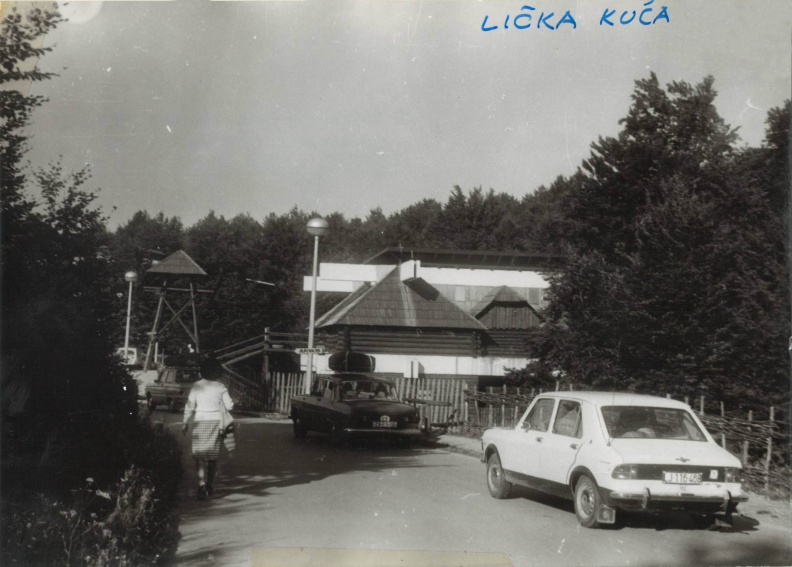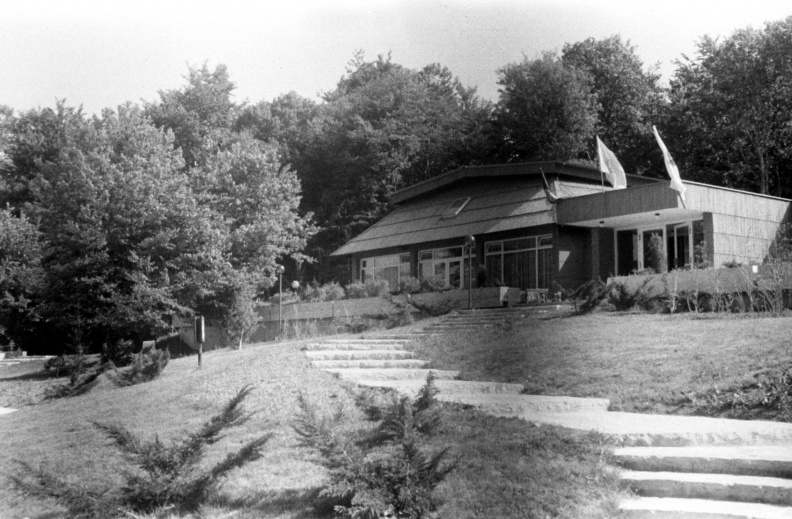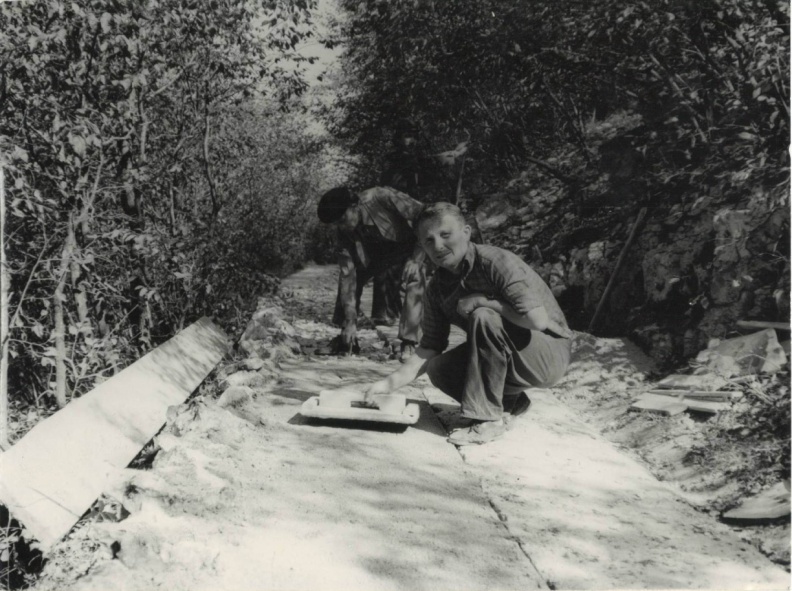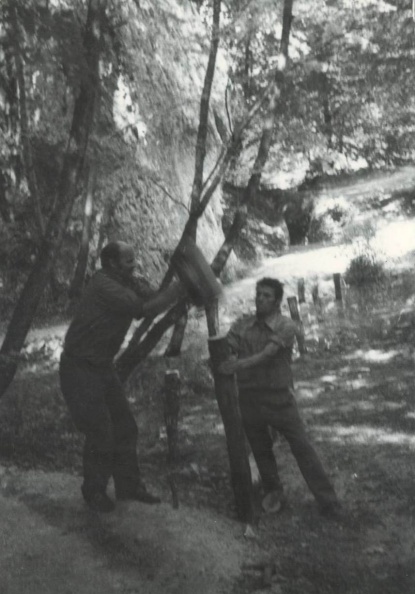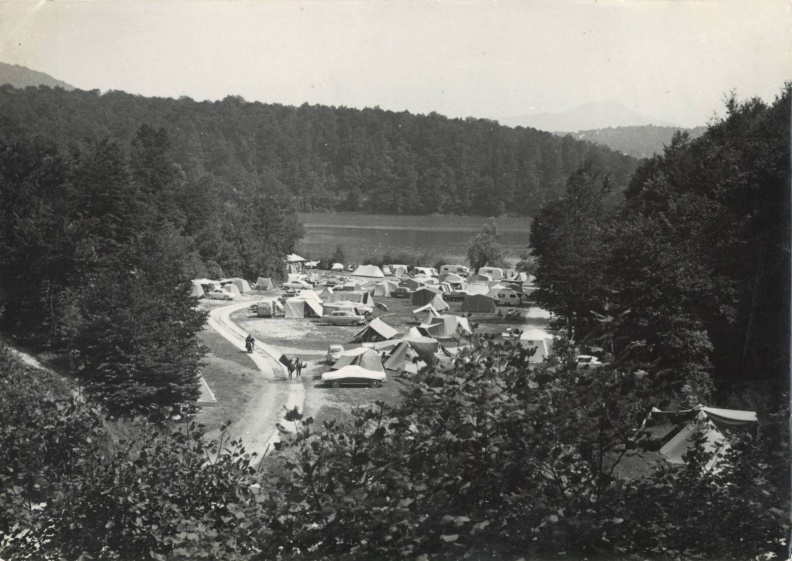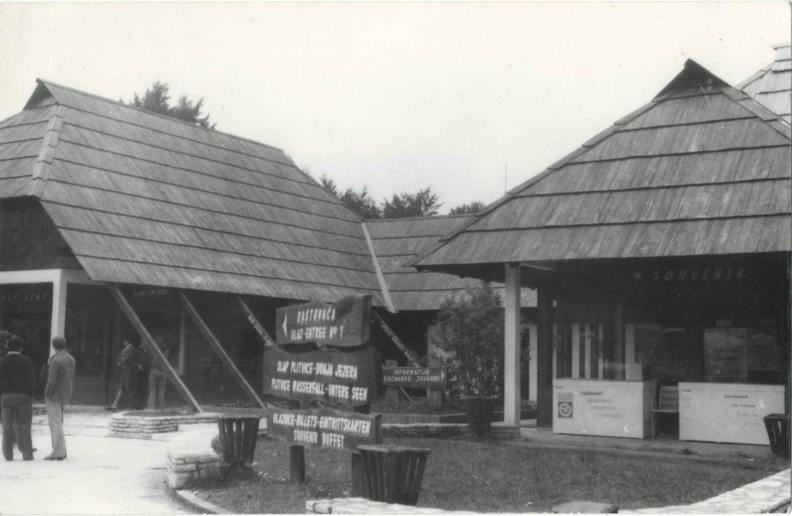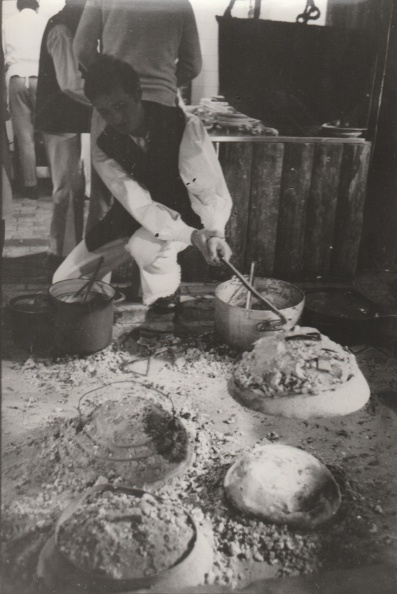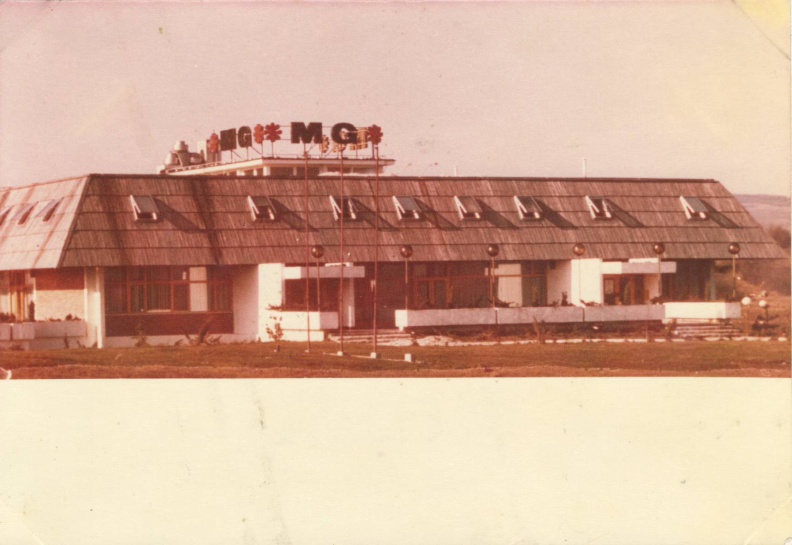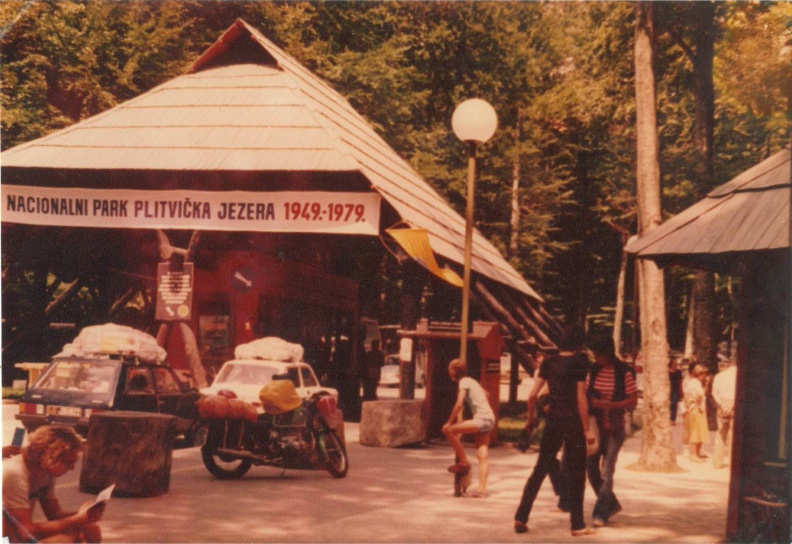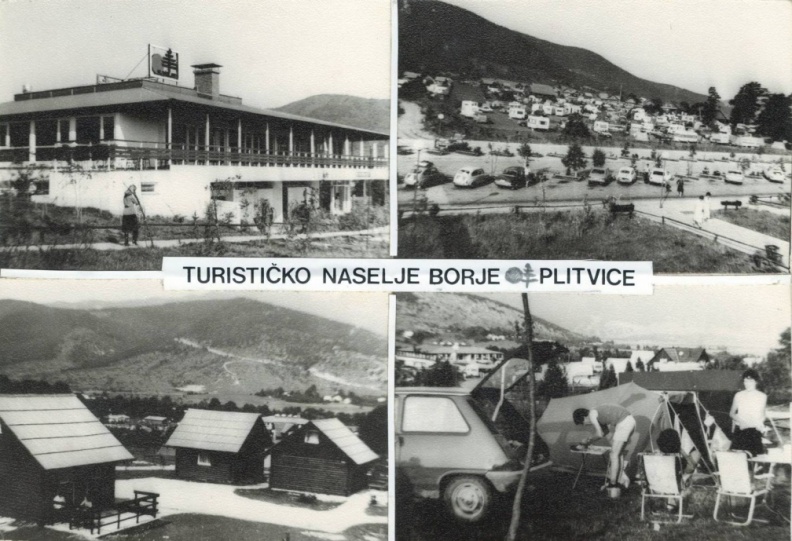Plitvice Lakes, the oldest and largest national park in the Republic of Croatia, has long been a magnet for nature enthusiasts. On April 8th, 1949, they were officially declared Croatia’s first national park, a testament to their outstanding natural beauty. Recognized for their outstanding universal value and unique geological features, particularly the formation of tufa barriers and lakes, Plitvice Lakes were named to UNESCO’s World Heritage List on October 26th, 1979.
In 2024, we celebrated 75 years since the proclamation of Plitvice Lakes as a national park and 45 years since its inscription on the UNESCO World Heritage List. We would like to use these big anniversaries to celebrate the Park’s unparalleled beauty and value and honor the ongoing efforts to preserve this incomparable natural treasure of Croatia.
The Plitvice Lakes system comprises 16 named lakes and numerous smaller bodies of water. These are divided into Upper and Lower Lakes based on the underlying geological formations and hydrogeological features. The twelve Upper Lakes – Prošćansko Lake, Ciginovac, Okrugljak, Batinovac, Veliko Lake, Malo Lake, Vir, Galovac, Milino Lake, Gradinsko Lake, Burgeti, and Kozjak – sit on impermeable dolomites. These expansive lakes boast gentle, well-developed shores, while the Lower Lakes are nestled in a narrow, steep canyon carved into porous limestone. The Lower Lakes include Milanovac, Gavanovac, Kaluđerovac, and Novakovića Brod. The system culminates in the breathtaking Sastavci Waterfalls, marking the beginning of the Korana River.
“There are waters, lakes, waterfalls, and forests elsewhere – but there is only one Plitvice Lakes in the whole world!” — Dr. Ivo Pevalek
Internationally acclaimed academician Ivo Pevalek, one of our best plant scientists specializing in algae, fungi, and bryophytes, was a staunch advocate for nature conservation and formal designation of Plitvice Lakes National Park as early as 1920. Having played a crucial role in the protection of Plitvice Lakes, paving the way for the formal establishment of the national park, he is honored by a commemorative plaque on the Galovac Barrier. As an instrumental figure in the nature conservancy in Croatia, he is also a namesake of the Ivo Pevalek Research Station, established in 1975, and Dr. Ivo Pevalek Scientific Research Center, established in 2003. His quote reflects the unique, singular nature of the Plitvice Lakes, a source of immense pride to us all.
45 years since the inscription on the UNESCO World Heritage List
Plitvice Lakes National Park is part of the prestigious World Heritage List by the United Nations Educational, Scientific and Cultural Organization (UNESCO). Nominated thirty years after its founding, the park became the first site in Croatia and one of the first globally to be selected for the outstanding value of its natural properties.
The UNESCO World Heritage List selection process is both rigorous and time-consuming, requiring compliance with at least one of ten selection criteria. Plitvice Lakes National Park met the criteria numbers (vii), (viii), and (ix)*, reflecting its outstanding universal value.
The interactions between water, air, geological substrates, and living organisms, coupled with distinct physical, chemical, and biological conditions, facilitated the creation of tufa deposits. Acting as a natural dam, these formations gave rise to a series of lakes, barriers, and waterfalls. All these processes, alongside the site’s unique ecology and extraordinary beauty, collectively underpin the outstanding universal value of Plitvice Lakes National Park.
Plitvice Lakes National Park, part of the Dinaric Karst system, is recognized as one of the most remarkable karst landscapes globally, boasting unique geological, geomorphological, and hydrological features. Karst topography is made up primarily of carbonate rocks, notably limestones and dolomites, owing to their susceptibility to chemical and mechanical erosion as well as tectonic movements (fault lines, folds, cracks, etc.) Carbon dioxide-enriched water penetrates through the fissures in the water-soluble carbonate substratum, giving birth to a myriad of surface and underground karst formations, including limestone pavements, sinkholes, karst fields, towers, caves, pits, and caverns.
The History of Plitvice Lakes
To understand the remarkable scientific significance and allure of Plitvice Lakes, we need to look no further than the history of research in the area, spanning almost 170 years. Initial studies – mostly one-man endeavors – date back to 1850. Structured, multidisciplinary initiatives would have to wait until the official designation of the national park and the subsequent financial backing. The Plitvice Lakes Biological Station, the first on-site research station founded in 1961, and the Ivo Pevalek Research Station, a modern facility founded in 1975, played a pivotal role in ramping up scientific research, paving the way for the selection of Plitvice Lakes to UNESCO’s World Heritage List in 1979.
Plitvice Lakes remained relatively unknown to the broader public until the mid-19th century due to limited access and lack of settlements in the area. In 1845, Saxon King Frederick Augustus II paid a visit to the lakes and produced some sketches. In 1861, border officers built the Tourist House, the first lodging facility at Velika Poljana. Early travel writers such as Adolf Veber Tkalčević and Dragutin Hirc marveled at the beauty of the lakes. Despite the lack of roads, the number of visitors to Plitvice Lakes was on the rise. By the late 19th century, the new Cordon Road facilitated access to the lakes. Following the visits by Princess Stéphanie in 1888 and Archduke Joseph in 1894, the trails around the Upper Lakes and Lower Lakes were christened “Stéphanie’s Path” and “Dorothea’s Path”, respectively. In 1893, the newly-founded Society for the Beautification of Plitvice Lakes from Zagreb embarked on a mission to make the lakes more accessible to visitors and preserve their natural beauty. The Society played a major role in promoting Plitvice Lakes both nationally and internationally, advocating for the establishment of the national park as early as 1925. In 1986, new lodging options included Hotel Plitvice as well as private villas at Velika Poljana. In 1890, Antun Devčić opened a sawmill at Labudovac, which was subsequently converted into Labudovac Inn by Prof. Gustav Janeček in 1896. A drinking water supply system was built in 1909. “Plitvice Lakes and Their Surroundings”, published by Dragutin Franić in 1910, remains an important source of information about Plitvice Lakes. An official decree from 1914 abolished all civic societies, including the Society for the Beautification of Plitvice Lakes. Although the hopes for developing the area remained high throughout the early 20th century, little action was taken. Around 1926, the Royal Forest Directorate took over the construction projects at the lakes, adding new walkways, bridges, and roads.
Scholar Ivo Pevalek endeavored to draw attention to preservation efforts between the two World Wars, leveraging his professional work and influence to protect Plitvice Lakes from travertine mining and deforestation by aggressive investors. His hard work bore fruit and the lakes were designated as a national park during the 1928/1929 financial year, alongside Paklenica and Štirovača. The dynamic development of Plitvice Lakes concluded with the fire at Hotel Plitvice and the Bathing Area in 1939. During World War II, between 1941 and 1945, the area suffered significant damage during the military campaign, including the burning of public and residential buildings. Plitvice Lakes was the setting for the First Session of the Anti-Fascist Council for the National Liberation of Croatia (ZAVNOH) in 1943, resulting in the “Plitvice Resolution.”
After World War II, settlements were rebuilt and the area gained the national park status in 1949. The park was run by two institutions: the National Park Administration, responsible for conservancy, forestry, and hunting, and the Plitvice Hospitality Company, dealing with tourism. In 1970, these institutions merged into the Plitvice National Park.
The first significant facilities at Velika Poljana were Restaurant Kozjak (1949) and Hotel Plitvice (1954–1958), alongside several accommodation options and the Izletište Restaurant. Priority was given to building low-rise, elongated buildings utilizing natural materials and terrain features. Various construction projects were underway between 1950 and 1990, including new trails, bridges, railway tracks, and boats, as well as events like “Plitvice Weddings”. Some of the facilities built during this period were Hotel Bellevue (1964), Hotel Jezero (1970), Lička Kuća Restaurant (1974), Poljana Restaurant (1978), and Grabovac Motel (1979). Plitvice National Park gained worldwide recognition in the mid-1980s, breaking visitor records in 1985. The Homeland War halted development and reconstruction plans between 1991 and 1995, but a new cycle of reconstruction began following the national liberation in 1995. The Dr. Ivo Pevalek Scientific Research Center was opened in 2003 to support research and preservation at the National Park.
With visitor numbers returning to pre-war figures, the park welcomed its one-millionth visitor in 2011. In 2019, the park instated an hourly limit of 1200 visitors. These restrictions are part of the effort to conserve the natural beauty of Plitvice Lakes National Park and ensure sustainability amidst booming visitor numbers. Scientific research and environmental protection have become focal points of any future development of this unique natural resource.

